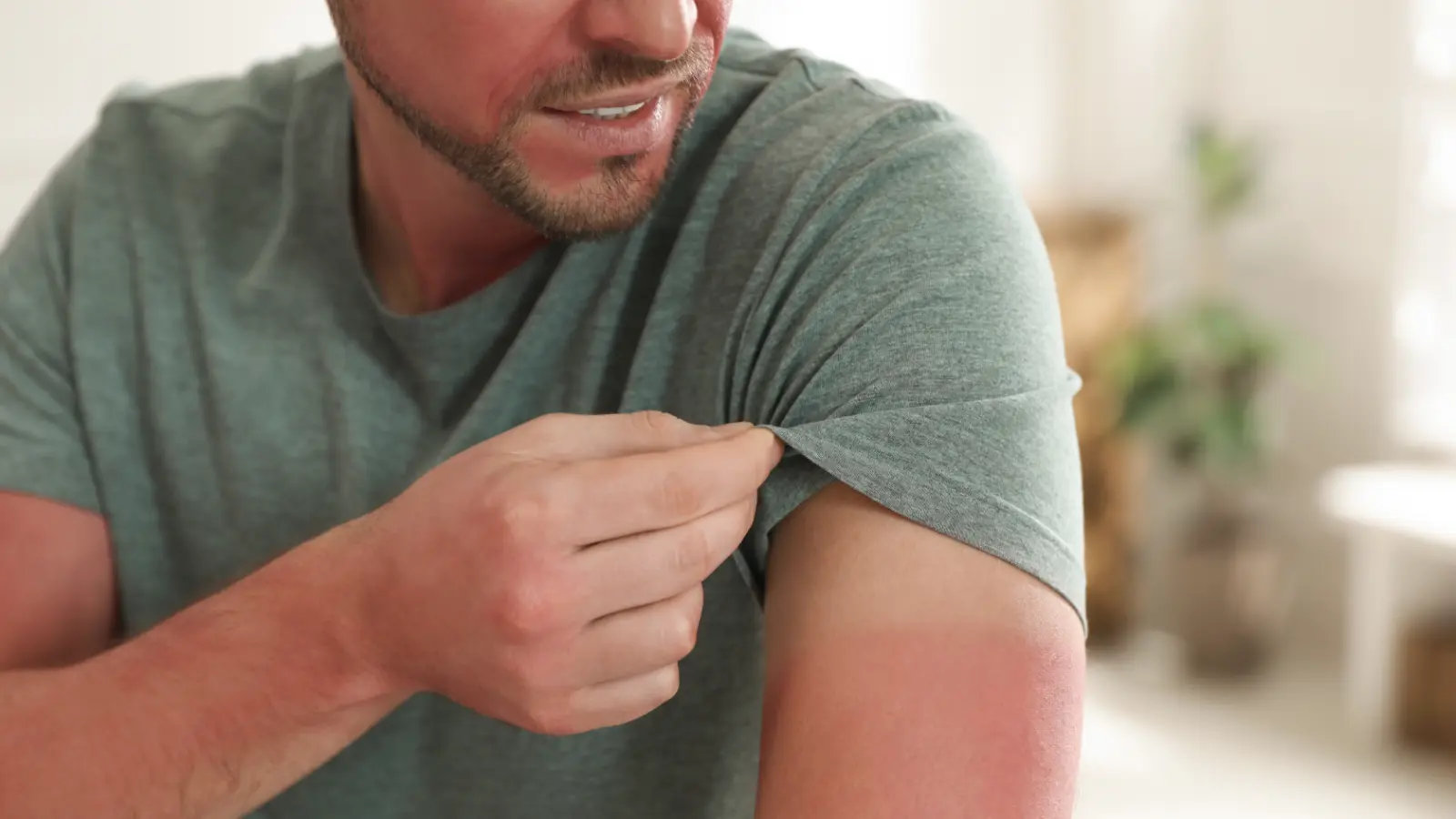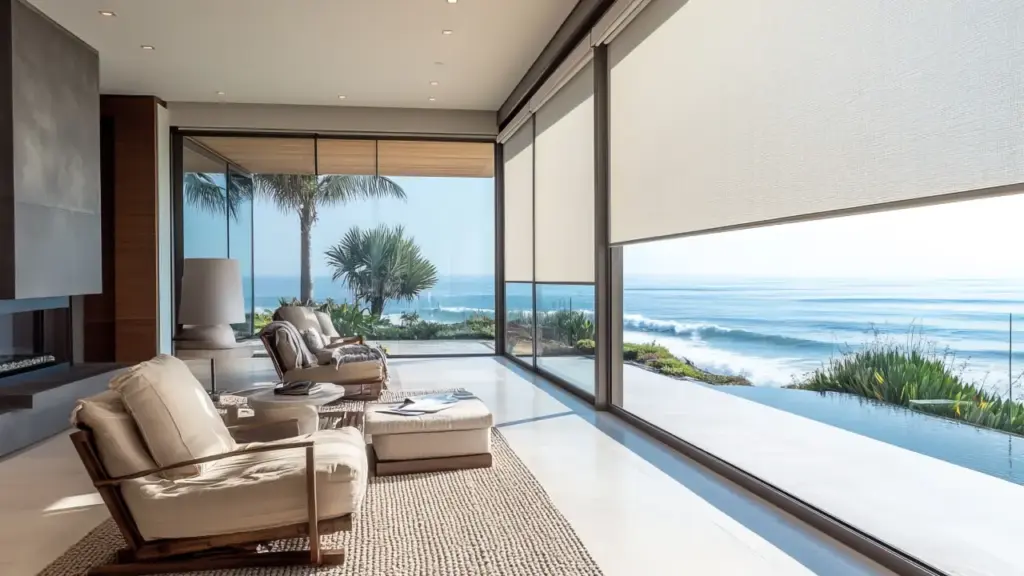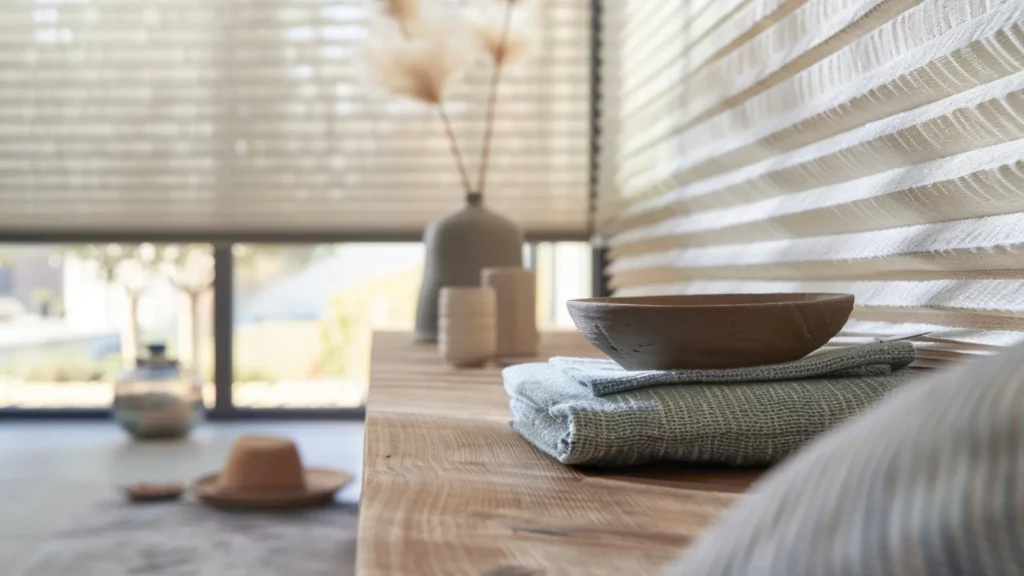5 Reasons to Keep Sunlight Exposure Under Control

In Southern California’s Mediterranean climate, the sun is both a blessing and a curse. From November to May, we count our blessings, but in September, we may be cursing the misery of another protracted summer.
Summer sun can be brutal in Los Angeles, with each year seemingly reaching new high temperatures. We huddle in the sanctuary of our air-conditioned homes. But what if we’re not getting the UV protection we need?
What Is UV Light & Why Can It Be a Problem?
UV light, or ultraviolet light, is a type of electromagnetic radiation invisible to the human eye. Bees see it; we don’t. It falls just beyond the violet end of the visible light spectrum for homo sapiens.
It’s produced by the sun and also emitted by artificial sources like tanning beds. There are three main types of UV rays: UVA, UVB, and UVC.
- UVA rays penetrate the skin more deeply than UVB and are sometimes referred to as “aging rays.”
- UVB rays simulate Vitamin D production but also cause sunburn and potential skin cancer.
- UVC rays are hazardous to living organisms because they can damage DNA and kill cells. Fortunately, the Earth’s atmosphere absorbs UVC radiation, so it doesn’t reach the surface.
Spending 10-30 minutes in direct sunlight, with arms and legs exposed, three times a week is generally beneficial for human health. So, by all means, walk the doggie!
Too much sun exposure is a problem. Cover up, and slather on that sunscreen! And consider installing UV-protective window shades!
Harmful Effects of UV Light on Human Health
- Skin Damage: UVB rays are primarily responsible for causing sunburn and contribute to various skin issues, including premature aging and an increased risk of skin cancer.
- Eye Damage: Exposure to UVA and UVB rays can lead to cataracts, macular degeneration, and photokeratitis (a painful eye condition).
- Weakened Immune System: Prolonged exposure to UV radiation can weaken the immune system, making you more susceptible to illnesses.
UV Damage to Furniture & Material
- Fading: UV rays cause fading and damage to furniture, flooring, and textiles, especially those near windows. This occurs due to the breakdown of pigments and dyes in materials exposed to UV light.
- Deterioration: UV light accelerates the aging of various materials, including wood, leather, and plastic, leading to cracks, warping, and brittleness.
- Reduced Lifespan: UV radiation can significantly reduce the lifespan of furniture and other belongings, making them wear out faster and lose their appeal.
5 Benefits of UV-Protective Window Treatments
1. Protection Against UV-Related Health Issues
UV-protective window treatments reduce the risk of skin and eye problems associated with UV radiation.
2. Preservation of Furnishings
UV-protective window treatments prevent fading, discoloration, and damage to interior furnishings, including furniture, carpets, and artwork.
3. Energy Efficiency
UV-protective treatments can help regulate indoor temperatures, reducing the need for excessive cooling and heating, which leads to energy savings.
4. Enhanced Comfort
UV-protective treatments create a more comfortable indoor environment by reducing the sun’s heat and glare.
5. Aesthetics
UV-protective window treatments come in various styles, colors, and materials to suit any decor. They can enhance your home’s visual appeal while protecting it from the sun’s harmful rays.
Common Types of UV-Protective Window Treatments
- UV-blocking films and tints are applied directly to the window glass and block up to 99% of UV rays without changing the appearance of your windows.
- Solar shades have special fabric that blocks UV light while allowing some natural light to enter the room.
- Curtains and drapes can be crafted from UV-resistant materials or lined with a UV-blocking fabric to provide protection and style.
- Blinds and shutters are adjustable window treatments that can be tilted or closed to control the amount of sunlight entering a room. Choose ones made with UV-resistant materials for added protection.
- Canopies and awnings provide shade and protection for outdoor spaces, reducing UV exposure for indoor and outdoor areas.
- Low-E (low emissivity) windows are manufactured with a coating that reflects UV rays while allowing visible light to pass through. They’re highly effective in reducing UV exposure and improving energy efficiency.
Who Installs Window Treatments with UV Protection?
We do! We’re Aero Shade, LA’s premier purveyor of custom window treatments for over 50 years. We don’t install glass but handle anything to do with window treatments, including window tints and awnings.
We invite you to visit our Los Angeles showroom to see and test working models of our products and to talk to one of our experts. Wherever there’s a sun problem, we have a solution.
Or we can visit you for a free in-home consultation. Call us today!
Answers to Questions about UV-Protective Window Treatments
Q: Do UV-resistant window treatments completely block out sunlight?
No, these treatments are designed to reduce UV radiation while allowing some natural light to filter through. They strike a balance between protection and illumination.
Q: Can I install UV-resistant window treatments myself?
While it’s possible to install them yourself, professional installation ensures they’re correctly fitted and maximally effective.
Q: Are UV-resistant window treatments suitable for all types of windows?
Options are available for various window types, including standard windows, sliding glass doors, and more.
Q: How long do UV-resistant window treatments last?
The lifespan varies depending on the quality and type of treatment. They can last anywhere from 10 to 15 years or more on average. Indoor shutters can last a lifetime.
Q: Can I find UV-resistant treatments in custom sizes and designs?
We can customize your window treatments to fit your specific window dimensions and design preferences, even unsual shapes like arches and triangles.
Q: Are UV-resistant window treatments expensive?
While they may have a slightly higher initial cost, the long-term savings on energy bills and the protection they offer to your furnishings make them a worthwhile investment.
Q: Are UV-protective window treatments easy to clean?
Most UV-protective treatments are designed for easy cleaning. For instance, most shades and blinds can be dusted or wiped with a damp cloth. Drapes might require dry cleaning, depending on the fabric.
Q: Does the color of the window treatment affect its UV-protection value?
No, the color doesn’t directly affect the level of UV protection. However, darker colors might absorb more heat.
Q: Will UV-protective treatments make my room too dark?
Not at all! These treatments still allow plenty of natural light to illuminate your room. They give you the best of both worlds — light and protection.
Q: Can I use UV-protective treatments on skylights?
Yes, many UV-protective window treatments are suitable for skylights. Always double-check with your provider to ensure the product meets your needs.
Q: Are UV-protective window treatments environmentally friendly?
Many are! Besides reducing your reliance on air conditioning (thereby saving energy), some products are made from sustainable materials. Always ask your provider about the environmental impact of their products.


